5 Strategic Messaging Frameworks Every Product Marketer Should Know
For too many years, companies have abused mission statements in the hope that both their clients and employees will eventually “get” what they do. A few billion ad dollars later and we’re still confused, having attention spans shorter than a fish. Fortunately enough, brand communication has evolved into a new form of storytelling called strategic messaging.
Strategic messaging frameworks
At its core, strategic messaging acts as the bedrock of all the future interactions between you and your customers, prospects, vendors, employees — you name it. Because of this, it needs to be:
- In alignment with the whole team (Sales, Marketing, HR, Product), not just the ones who develop it (usually Marketing)
- Conversational and simple to appeal to shorter attention spans
- Consistent enough to stick with your customers and drive action
These principles ultimately convey your brand voice, which in return gives life to your value proposition and mission statement. Not so complicated, right?
The hardest part though is fleshing it out into an actionable roadmap. So if you’re on the search for one that can be easily adopted and help you become a market leader at the same time, then here are 5 strategic messaging frameworks to start with:
1. Pitch the Promised Land, by Andy Raskin
Perhaps the voice with the most authority in the strategic messaging ecosystem is Andy Raskin, who has first deconstructed Zuora’s and later on Drift’s sales pitch to arrive at 5 elements that define every compelling strategic narrative:
Start with a big, undeniable change that creates stakes — Not your competition, but the status quo — a deep-rooted belief inside your customer’s head that is in full-swing and happens without your consent. The beauty of it is that it creates opportunities for you (and your product) to meet.
Name the enemy — A.k.a. the villain against both you and your customers fight to make the world a better place. This is also the right time to define a large enough category that you want to dominate and aim for a goal that your competitors can’t deliver on.
Tease the “Promised Land” — At this point, you might want to go straight ahead and present your product. Resist this urge though as the hero of this story is not your product, but your customers. Instead, paint how the future will look like once they arrive in the promised land.
Position capabilities as “magic” for slaying “monsters” — Only now you have permission to position your product as a means towards winning over the status quo. The more “mini” villains it can defeat, the better.
Present your best evidence — If you talk the talk, you also have to walk the walk. And what better way to demonstrate this but to have testimonials and referrals from customers who’ve already arrived in the promised land. Let them spell out their joy in their own words, of course.
Noticed something? This framework doesn’t take into account any supporting collaterals, but focuses solely on the sales pitch. According to Andy, this is the core narrative that when nailed right, flows naturally into your website messaging, content, job descriptions, even investor decks. While also positioning you as the category leader.
This poses two serious questions:
- How do you pitch against a competitor who has already nailed the category story? A small answer from Andy can be found here.
- What happens if your vendors “borrow” it from you as their own messaging — besides giving them guidelines or further supporting collaterals?
If you already went through this and have answers, help a marketer in need and post them in the comment section 😉
2. StoryBrand Framework (SB7), by Donald Miller
The next framework can help you to not only sell products, but also change customer lives. In his book “Building a Story Brand”, Donald Miller starts with the premise that self-doubt is universal in all of us, as well as the need to become a better version of ourselves. This prompts us to undergo a transformation to an aspirational identity, with brands that participate at this process more likely to create evangelists that spread the word further.
The strategic narrative is abbreviated SB7, mainly because it’s a story brand composed of 7 elements that can be found in almost any popular movie, novel, or brand. It goes like this:
A character has a problem and meets a guide who gives them a plan and calls them to action that helps them avoid failure and ends in success.
Let’s break it down step-by-step:
A character — Your customer. Determine what stands between them and what they want — more time, money, status, you get it. There can’t be too many desires though, otherwise your messaging will lack clarity.
Has a problem — Donald identifies three types of problems — external, internal, and psychological — and proposes to come with a brand promise that solves all three of them.
And meets a guide — Your company in this case, who needs to demonstrate empathy and authority (case studies, testimonials, awards, logos, etc.) so customers can trust you.
Who gives them a plan — Trust is not enough, you still need to point them in the right direction through a plan. This can either be a process plan for making it easy to do business with you, or an agreement one for addressing potential fears and concerns.
And calls them to action — Donald notes that we don’t make major life decisions unless we’re called to action. He goes on to identify direct call to actions (Buy Now, Call Today) and transactional call to actions (courses, white papers, free stuff) that should be used as a ramp-up for the direct ones.
That helps them avoid failure — On the verge of buying, prospects might still have their own doubts. To instill a sense of urgency, present the downsides of not doing business with you. Do it in a soft way and offer advice on how to avoid them, so you’re not perceived as “fear-induced marketer”.
And ends in success — This is the last step where you paint how your customer’s lives will change after you help them solve their internal, external, and philosophical problems. Remember that business is not all about material gains, but also about aspirational goals such as self-actualization or being part of larger movement than yourself.
To become successful with this framework, you need to tie in the story loop at the end by re-affirming the hero’s transformation. Make it as clear as possible how far they’ve come, so you can assure them they’ve got what it takes to use these new skills and further trust your business.
Each of those steps can be can be planned using the SB7 template, available at: https://www.mystorybrand.com/
3. Public Narrative, by Marshall Ganz
In his book “This is Marketing”, Seth Godin uncovers a framework that was initially coined by Marshall Ganz — a senior lecturer at the Harvard Kennedy School of Government who helped Barack Obama win his first presidential term — called public narrative.
To do the same thing with your customers, you need to nail:
The story of self — This is about your personal journey: what turning points in your life have brought you here and gave you permission to lead. It can be anything from your family, upbringing, frustrations, or traumas that ultimately make you human and relatable to others.
The story of us — A compelling one should answer the question “Why should we care and join in?”. Be bold and share how you can achieve a much greater synergy together as opposed to playing it out alone.
The story of now — This is the moment when you invite the customers to join your journey. Urgency, or rather peer pressure in this case, focuses on action and uniting for a greater good.
These stories are not set in stone though. On the contrary, you’re encouraged to change the story of self as you address different audiences and contexts, which in return will impact the other two. And vice-versa.
So think of it more as an iterative process rather than a dead script.
4. “Before & After” Grid, by Ryan Deiss
I stumbled upon the “Before & After” grid in Donald Miller’s book (see SB7 above), where it was mentioned as a storytelling tool rather than a framework. But I’ll stick with the latter one, mainly because it solely focuses on the customer’s transformation process.
Ryan Deiss of Digital Marketer, one of the earliest of them digital marketers, came up with it as a way to create a compelling hook from which product copy can write itself. Even if you’re just starting out on thsi path.
For this, you need to put yourself into your customer’s shoes and paint how their lives will look like after using your product (something you’re already familiar with, right? 😉). What will set you apart from the other product marketers though, is how big of a shift you can create between these before and after states on four distinct levels:
Have — This is straightforward, dealing with the features and benefits of your product. It’s a good start, but not enough, as oversaturated markets have more or less the same feature base.
Feel — The trickiest one of all, since it tackles emotions which are hidden in plain sight. Don’t think in terms of deliverables (a product marketer wants fewer deadlines), but in terms of destination (what a product marketer really wants is to focus more on go-to-market strategies than writing articles).
Average day — Here, you need to create a super detailed routine that introduces you as a fellow to your customers. The been there, done that, got the T-shirt type. This only works if you tell a real life story without overly dramatizing it. Then show them how this will change over time with the help of your product, like in this video.
Status — As a final step, tie everything in and talk about how their status and ultimately stories will change (from an noob marketer with imposter syndrome to a confident one with swiss-knife marketing skills, valued and respected by the whole team).
Good vs. Evil — Oh, wait. There’s actually another level only available at Drift‘s learning platform, which deals with the existential crisis within each of us. A crisis which prompts us to act for the greater good, or succumb to evil — in most cases normality.
You’re not supposed to touch each one of the previous levels, but derive a summary from which any product marketer can create a messaging narrative with impact. The value statement on the right column.
In fact, Ryan advises to spend most of your time in the Average Day and Status levels if you want to build a lasting brand and forget about the features war altogether.
5. Strategic Messaging Map, by Myk Pono
By now, you’ve probably got a rough idea about what all these frameworks have in common: vision and transformation. But what about the more practical side of things, that is how to implement it?
Let’s get our hands dirty with the Strategic Messaging Map.
This represents more of a blueprint pieced together by [Myk Pono](https://www.linkedin.com/in/mykolaponomarenko/, which flips the whole premise of strategic messaging on its head. According to him:
Only after you understand your different customer personas in detail can you create top tier messaging
And it seems about right, just like all common advice that stands in plain sight but never gets picked on. Because of this, there are two phases to follow: discovery and positioning.
Discovery
This part has to do with how your company is perceived. Myk recommends to come up with a structured batch of questions and conduct one-on-one interviews with:
Insiders: your sales reps, product managers, support reps, and existing customers (who’ve preferably been with you formore than 1 year).
Outsiders: prospects, the last 5–10 lost ones, industry analysts, and consultants — who care less about your company to sugarcoat the actual situation.
If you don’t have a sales team, then interview your prospects and try to shift the conversation towards learning about their needs and wants instead of pitching.
Read more on how to talk to customers in The Mom Test, by Rob Fitzpatrick.
The goal is to find out who your target audience is and which phrases or key words comunicate product value to them.
Positioning
Once you got all this information in a structured and clean format, it’s time to fill out the map on top, in the following order:
Target Customer — Identify the common themes of your interviews and group them into customer personas. Remember to add all the ones who are involved in the buying process.
Value Messaging — Next, spot all the value categories for each persona. These are statements from the previous interviews on what customers think about your product. Once done, you can break them down into several value bullet points (what’s in it for them?) and associate each one with a feature. Ideally, you should also assign a metric to your value statement so you know how your customers perceive success and how you can improve on it.
Value Positioning — Only now you can design top tier messaging in the form of a headline, slogan, 25 words line, and positioning statement.
It’s more than likely that your first strategic messaging map won’t be accurate enough to stick, but as with all the other frameworks, you can still iterate on it. Don’t change it too many times though, as your messaging will get diluted.
Back to you
All these frameworks will provide a good starting point to create your own strategic messaging map, a rather tedious effort (at least in the first part with the interviews) yet inspiring at the same time.
If there’s one thing to take with you after reading this post is this:
No matter how great your strategic messaging it is, expect it to fail if you don’t preach it day-in and day-out to your customers. It’s not only your job or the CEO’s, but the whole teams’ ongoing responsability.
Good luck!

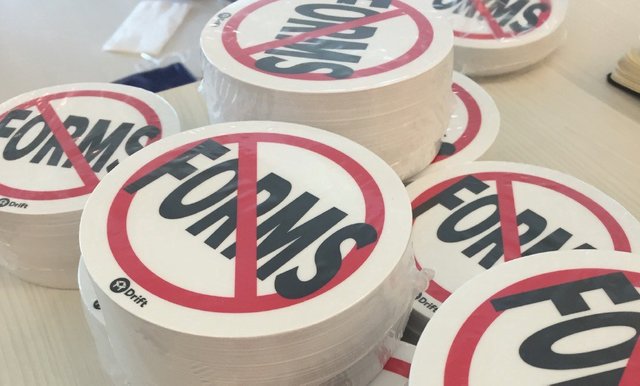
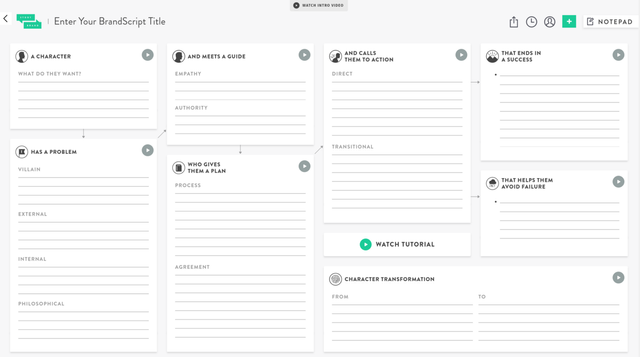
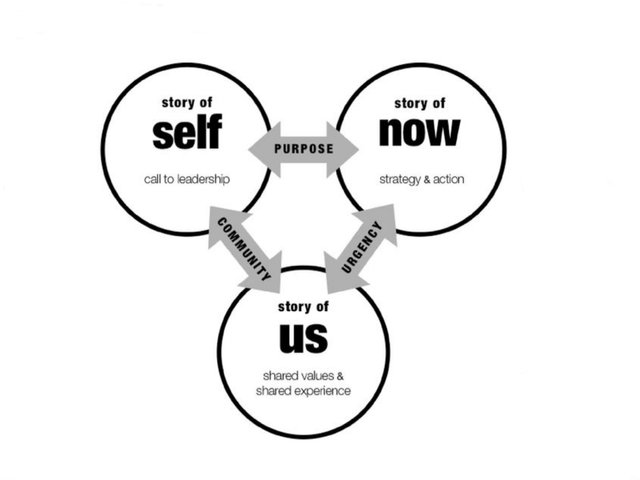
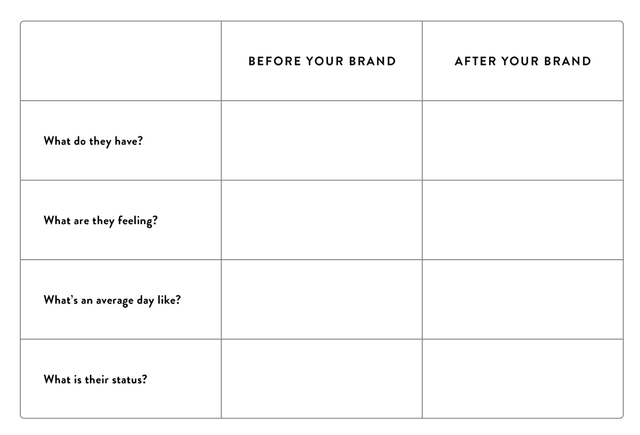
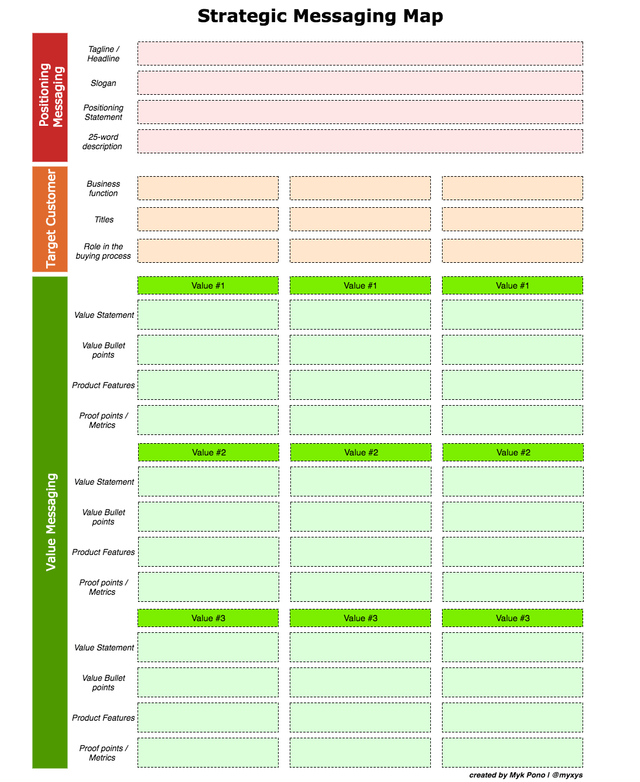
Hey there @andrez.marcel, welcome to STEEM. If you join @schoolofminnows, you can receive votes for free.
1. Your post will appear in post-promotion on the discord.
2. Your posts will also get featured on the school of minnows account on steem
https://steemit.com/@schoolofminnows
3. You get votes from other members.
4. The whole thing is FREE.
To join follow this link:
https://steem.host/connect/steempunks
Every good marketer should also know the issue of customer journey mapping. He should know how to perform such a test. This is very important in marketing especially. I highly recommend this post on this topic: https://gamerseo.com/blog/what-is-customer-journey-mapping-a-step-by-step-guide-to-create-one/